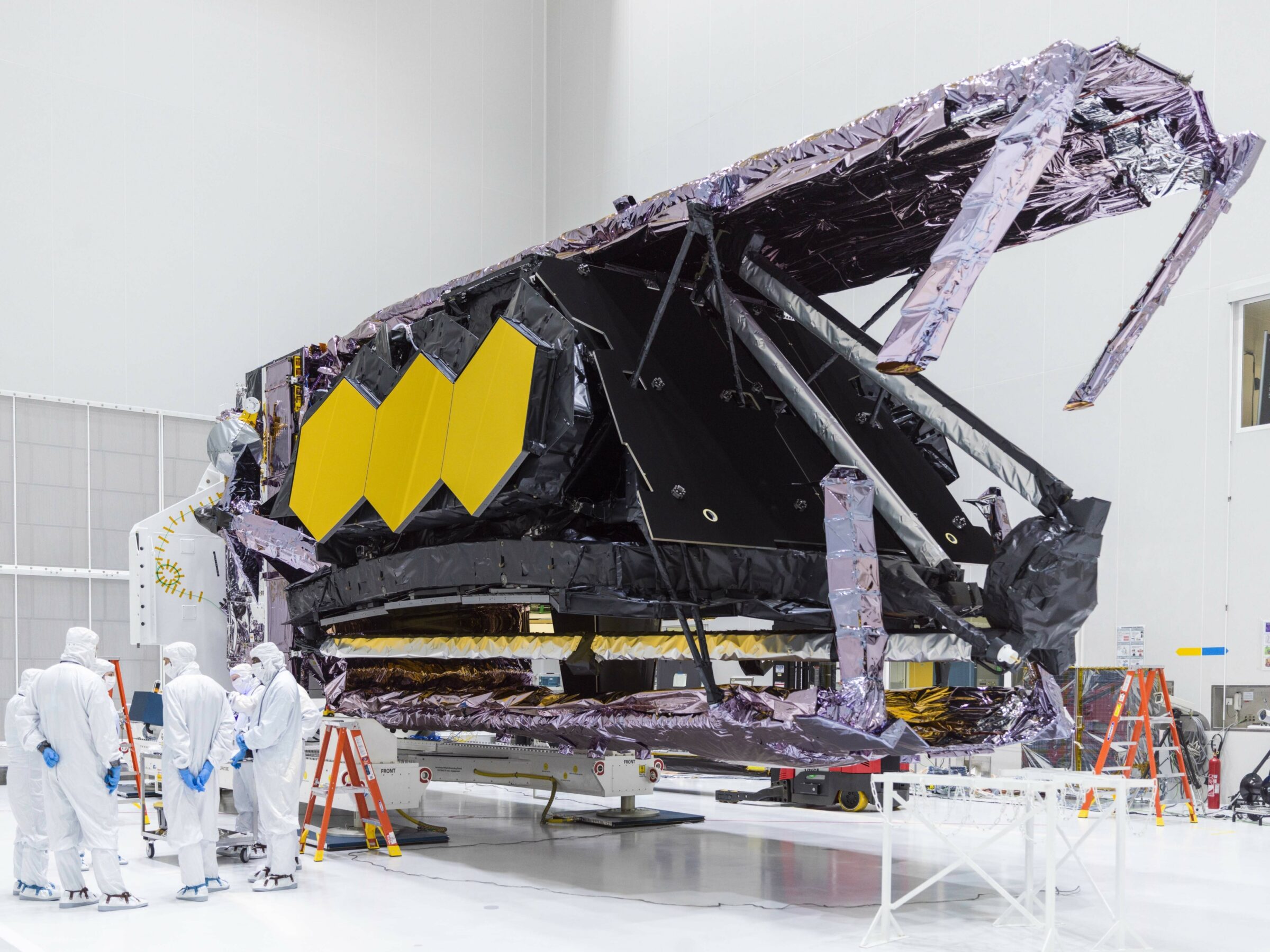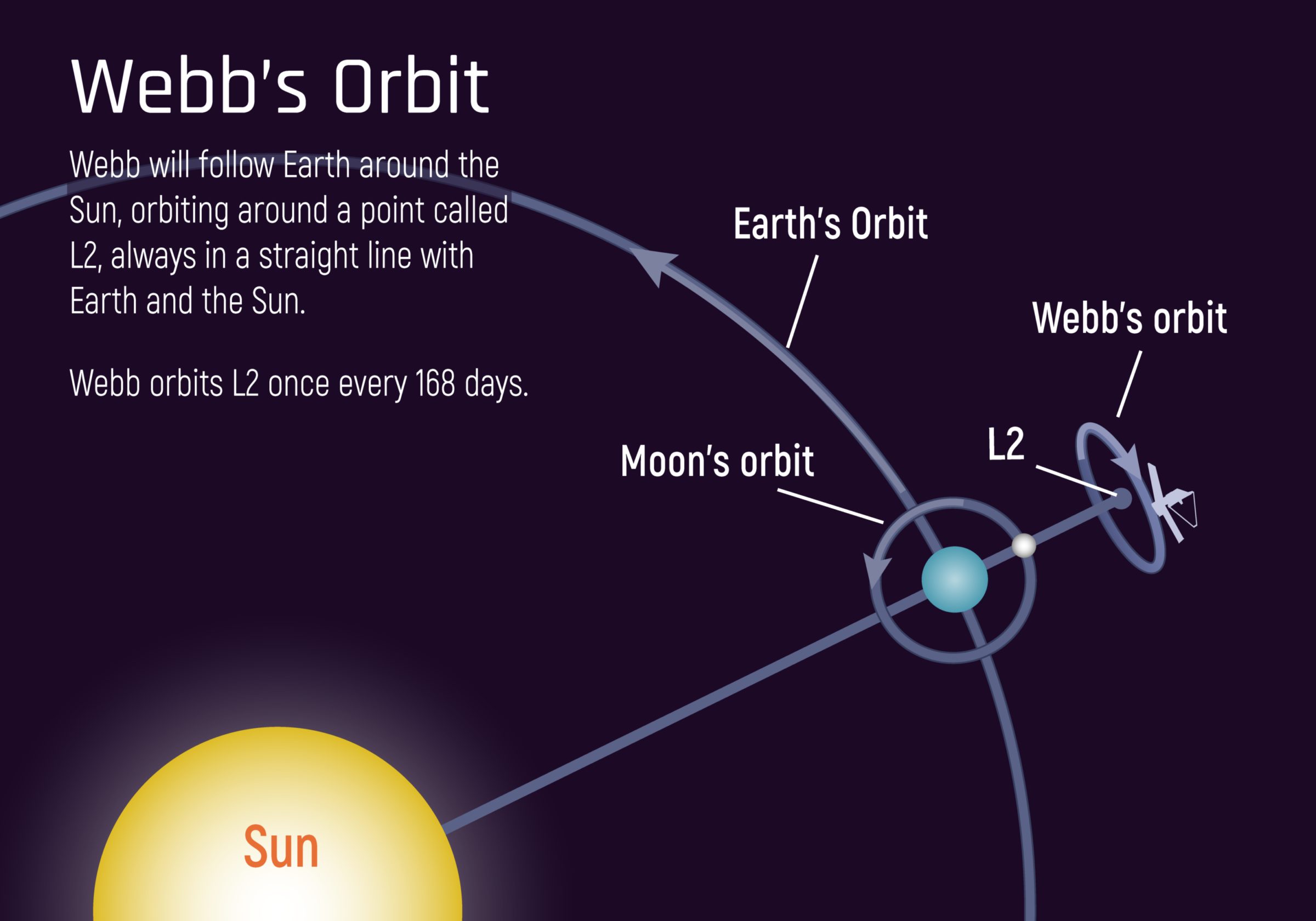Jason Davis & Kate Howells • Dec 15, 2021
JWST launch guide: Everything you need to know
Resources for space advocates and the press
NASA’s long-awaited, greatly anticipated James Webb Space Telescope (JWST) launched successfully on Dec. 25, 2021. Read on for everything you need to know.
The big picture

How can we summarize such a monumental space mission? We’ll start by saying JWST is a multipurpose observatory that will build on the legacy of NASA’s Hubble Space Telescope.
Is JWST Hubble’s successor? Spiritually, at the very least. Like Hubble, JWST will become the world’s premier space telescope.
The timing is pretty good, too: the 31-year-old Hubble has been experiencing more frequent technical glitches.
Why should you love JWST? There are many reasons. We’re particularly excited about the telescope’s exoplanet capabilities.
“With Webb, we can begin studying more systematically the chemical properties of the atmospheres of exoplanets,” Massimo Stiavelli, head of the JWST mission office at the Space Telescope Science Institute in Baltimore, Maryland, told us. “This includes looking for signatures of water, carbon dioxide and even methane, all of which could point to the possibility of life.”
Astrophysicists are pumped, too: JWST will allow us to see galaxies that formed just 100 million years after the Big Bang, giving us an unprecedented look at our origins.
Closer to home, JWST will watch how the atmospheres of Jupiter, Saturn, Uranus, and Neptune change over time. It will also observe asteroids and comets.
JWST is an international project — an example of how countries can work together for the peaceful exploration of space.
- Europe and Canada contributed to the telescope’s four science instruments.
- Europe is providing the rocket: an Ariane 5 launching from French Guiana.

How does JWST improve upon Hubble? For starters, it has a mirror nearly three times wider that allows it to collect six times more light.
But it’s also about JWST’s four science instruments, which are optimized to detect infrared light.
Infrared light allows telescopes to peer through gas and dust and see things like baby stars being born.
One of the ways we study exoplanets is by watching them transit in front of their host stars. Changes in starlight during these transits can reveal the composition of an exoplanet’s atmosphere.
These changes show up particularly well in infrared light.
JWST’s mirror is actually a cluster of 18 hexagonal mirrors. The path light takes to reach the telescope’s science instruments is pretty wild.
The telescope’s mirrors are smooth — really smooth. Project manager Bill Ochs told us that if you enlarged one JWST mirror to the size of the continental U.S., the biggest imperfections would only be an inch high.
Thirty days of terror

Launch kicks off a complex, month-long cruise and deployment process some are calling "30 days of terror," after the phrase NASA uses for its Mars rover landings.
The Ariane 5’s payload fairing — basically, the nose cone that protects a spacecraft during launch — is large.
But not large enough: The fully operational observatory is too big for any rocket fairing, so it has to launch with all of its components folded together.
JWST Deployment Sequence Before JWST can do its job, it must first get to space and execute one of the most complex deployment sequences ever attempted. Credit: NASA's Goddard Space Flight Center
After launch, JWST will head to a special spot called L2 located 1.5 million kilometers (932,000 miles) away. There, the Sun and Earth’s gravity balance in a way that allows JWST to permanently keep the Sun, Earth and Moon at its back while it observes the cosmos.
The journey to L2 will take about 1 month.
During that time, JWST will unpack two sections of its main mirror, a long arm holding its secondary mirror, and the five-layer sunshield that keeps its instruments cool.
If anything goes wrong, there’s no fixing it: No human-carrying space vehicle can currently visit L2.

But engineers are confident it will work. “I think we have done as much as we can,” Begoña Vila, an instrument systems engineer at Goddard Space Flight Center told us. “We have done a very thorough test campaign on the James Webb to convince ourselves we are ready. We are ready when we launch it for it to behave as it should.”
Just don’t expect pretty pictures right away. After JWST is unpacked, scientists will spend about five months turning everything on, calibrating the telescope and testing the instruments.
A $10 billion price tag

JWST is one of the most expensive scientific platforms in history. The total cost? $9.7 billion, spread out over 24 years including five years of operations.
That may sound like a lot, but it’s just 0.0095% of U.S. spending during the same period — essentially a single penny out of $100.
“Not only are its costs spread out over more than two decades, but its total cost pales in comparison to human spaceflight projects, infrastructure spending, or even a partial border wall, writes our senior space policy advisor Casey Dreier. “Compared to the hundreds of billions of dollars the United States spends per year on defense, social, and medical safety net programs, the James Webb Space Telescope’s cost is a rounding error.”
The European Space Agency, which provided the Ariane 5 rocket and two of the observatory’s four science instruments, will pay about €700 million.
The Canadian Space Agency, which contributed sensors and scientific instrumentation, will pay about CA$200 million.
JWST wasn’t supposed to cost this much. Development began in 1996, and the original cost estimate was $5 billion, with a launch in 2014.
What happened? Serious mismanagement and a lack of resources during critical early stages, according to a 2010 congressionally mandated independent review.
NASA restructured the project to launch in 2018 at a total cost of $8.8 billion. But more technical problems and COVID-19 slowdowns raised the price tag again and delayed launch until 2021.
Scientists have been waiting a long time: “It’s been a long haul,” said Heidi Hammel, an interdisciplinary scientist for the project and the vice president of The Planetary Society’s board of directors. “I started working on this project 20 years ago before my youngest son was born, and now he is halfway through college. But now we are so close, and I’m very excited about all the things Webb will be able to do.”
What comes after JWST? Possibly a telescope built specifically to hunt for life on exoplanets, according to the 2020 astrophysics decadal survey.
But first, scientists recommend a large-scale tech development program to lower the cost of a potential JWST successor.

What’s in a name?
JWST is named after James Webb, who served as NASA’s second administrator from 1961 to 1968 and felt that the agency should balance the Apollo Moon landings with a strong science program.
More than 1,700 space scientists and enthusiasts — including people who have applied for observing time on the telescope — have asked NASA to change the name.
The reason? Archival evidence shows that while serving as undersecretary of state prior to his tenure at NASA, Webb participated in discussions regarding the “lavender scare,” an effort to purge queer people from government service.
In 1963, while Webb was administrator, a NASA employee in Washington, D.C. was arrested, interrogated and fired for making a "homosexual advance."
In September 2021, NASA announced that a historical review found no evidence that warranted changing the telescope's name.
When possible, The Planetary Society uses the acronym JWST in place of the full name or other abbreviations as a gesture of inclusivity to LGBTQ communities and allies.

Get involved
When JWST was on the budgetary chopping block, our members and supporters helped make sure the mission survived.
In 2011, The Planetary Society submitted testimony to the U.S. House of Representatives asking them not to cancel the project.
We kept up the fight throughout the year, urging our members to write their representatives in support of JWST.
What can you do now? Spread the word that an exciting new era of scientific discovery is upon us.
Share this page, link to our materials, and become the resident JWST expert of your social circles.
Are you a member? If not, join us today! We also offer gift memberships, just in time for the holidays.
Support our core enterprises
Your support powers our mission to explore worlds, find life, and defend Earth. You make all the difference when you make a gift. Give today!
Donate

 Explore Worlds
Explore Worlds Find Life
Find Life Defend Earth
Defend Earth

